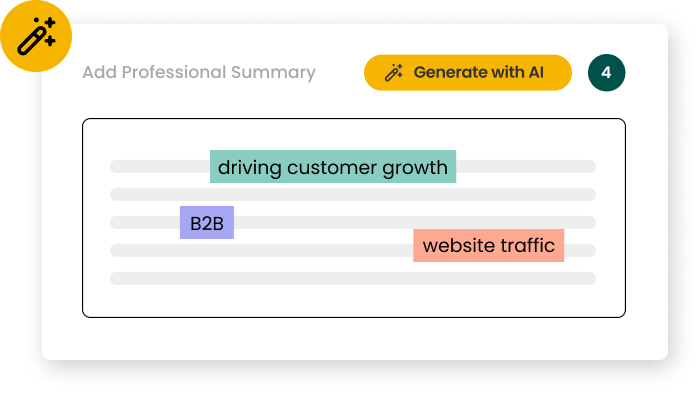How long should I make my Requirements Analyst resume?
For a Requirements Analyst resume in 2025, aim for one to two pages. This length allows you to showcase your relevant skills, experience, and achievements without overwhelming the reader. Focus on recent, relevant roles and projects that demonstrate your expertise in requirements gathering, analysis, and documentation. Use bullet points to highlight key accomplishments and quantify results where possible, ensuring every word contributes to showcasing your value as a Requirements Analyst.
A hybrid format works best for Requirements Analyst resumes, combining chronological work history with a skills-based approach. This format allows you to highlight your technical skills and domain knowledge upfront while providing a clear career progression. Include sections for summary, skills, work experience, education, and certifications. Use a clean, professional layout with consistent formatting. Incorporate industry-specific keywords throughout your resume to optimize for applicant tracking systems (ATS) commonly used in 2025.
What certifications should I include on my Requirements Analyst resume?
Key certifications for Requirements Analysts in 2025 include IIBA-CBAP (Certified Business Analysis Professional), PMI-PBA (Professional in Business Analysis), and IREB CPRE (Certified Professional for Requirements Engineering). These certifications demonstrate your expertise in business analysis, requirements management, and industry best practices. List certifications in a dedicated section, including the certification name, issuing organization, and date of acquisition. If you're pursuing a certification, mention "In Progress" to show your commitment to professional development.
What are the most common mistakes to avoid on a Requirements Analyst resume?
Common mistakes on Requirements Analyst resumes include focusing too much on job duties rather than achievements, neglecting to showcase analytical and problem-solving skills, and failing to demonstrate knowledge of current requirements management tools and methodologies. Avoid these pitfalls by quantifying your impact, highlighting your analytical abilities, and mentioning specific tools and techniques you've used successfully. Additionally, ensure your resume is tailored to each job application, aligning your skills and experiences with the specific requirements of the role.
